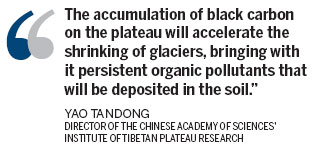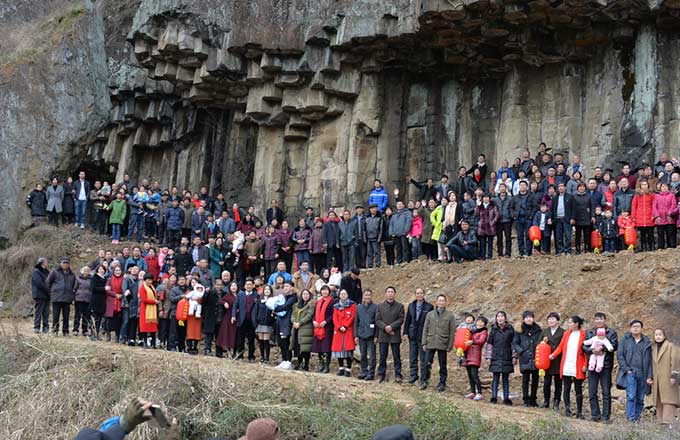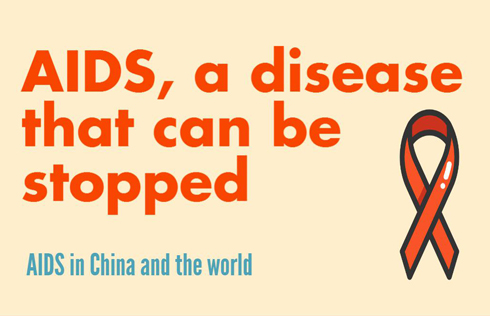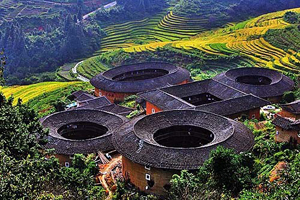Third Pole glaciers shrinking, affected by black carbon
About 90 percent of glaciers in the Third Pole region are shrinking, accelerated by black carbon being transferred from South Asia to the Tibetan Plateau, a top scientist has warned.
The Third Pole region, which is centered on the Tibetan Plateau and concerns the interests of the surrounding countries and regions, covers more than 5 million square kilometers and has an average altitude of more than 4,000 meters.
The area has the largest number of glaciers outside the polar regions and exerts a direct influence on the social and economic development of some of the most densely populated regions on earth, including China and India.
The glaciers are at the headwaters of many prominent Asian rivers.
Influenced by global warming, its alpine glaciers have seen drastic changes in recent years, such as thinning and shrinkage, which pose potential geological hazards to people both on and around the plateau.
Like Antarctica and the Arctic, the Third Pole is drawing increased attention from the international academic community, but the results of former international studies in this area are inconsistent, said Yao Tandong, director of the Chinese Academy of Sciences' Institute of Tibetan Plateau Research.
The scientist, a member of the Chinese People's Political Consultative Conference National Committee, said some people believe the glaciers will retreat and finally disappear by 2030, while others argue they will remain unchanged.
There are even people who argue that the glaciers have even moved forward, he said.
Researchers at Yao's institute say they can now draw a more comprehensive picture of the region, by showing data on the glaciers' status over the past 30 years. An investigation using topographic maps and satellite images revealed the retreat of 82 glaciers, area reduction by 7,090 glaciers and the mass-balance change of 15 glaciers.
"Systematic differences in glacier status are apparent from region to region, with the most pronounced shrinkage in the Himalayas, the southeastern part of the region.
Some of the glaciers there are very likely to disappear by 2030," Yao said.
"The shrinkage generally decreases from the Himalayas to the continental interior and is smallest in the western part. Some glaciers there are even growing."
He said changes in the glaciers will be accelerated if the planet continues to warm.
Potential consequences would be unsustainable water supplies from major rivers and geo-hazards, such as glacier lake expansion and flooding, which could threaten the well-being of people downstream.
Ongoing research over more than 30 years has also brought scientists a new understanding of pollution on the Tibetan Plateau, said Yao.
"There were two prevailing views in the past. One was that there was no pollution, the other was that the pollution must come from the east, if there was any at all."

But the latest investigations now show that black carbon generated from industrial production in South Asia is being taken to the Tibetan Plateau by the Indian monsoon in spring and summer.
The pollutants are coming from the west, not east, the scientist said.
"The accumulation of black carbon on the plateau will accelerate the shrinking of glaciers, bringing with it persistent organic pollutants that will be deposited in the soil."
wuwencong@chinadaily.com.cn
- China cultural industry expands faster in 2016
- Foreign daughter-in-law enjoys Spring Festival with her new family in South China
- Li sends congratulations on China-Australia Tourism Year
- 4 Chinese tourists rescued in Malaysia's boat accident head home
- Art test-takers wait in anticipation for 2017 exam


















